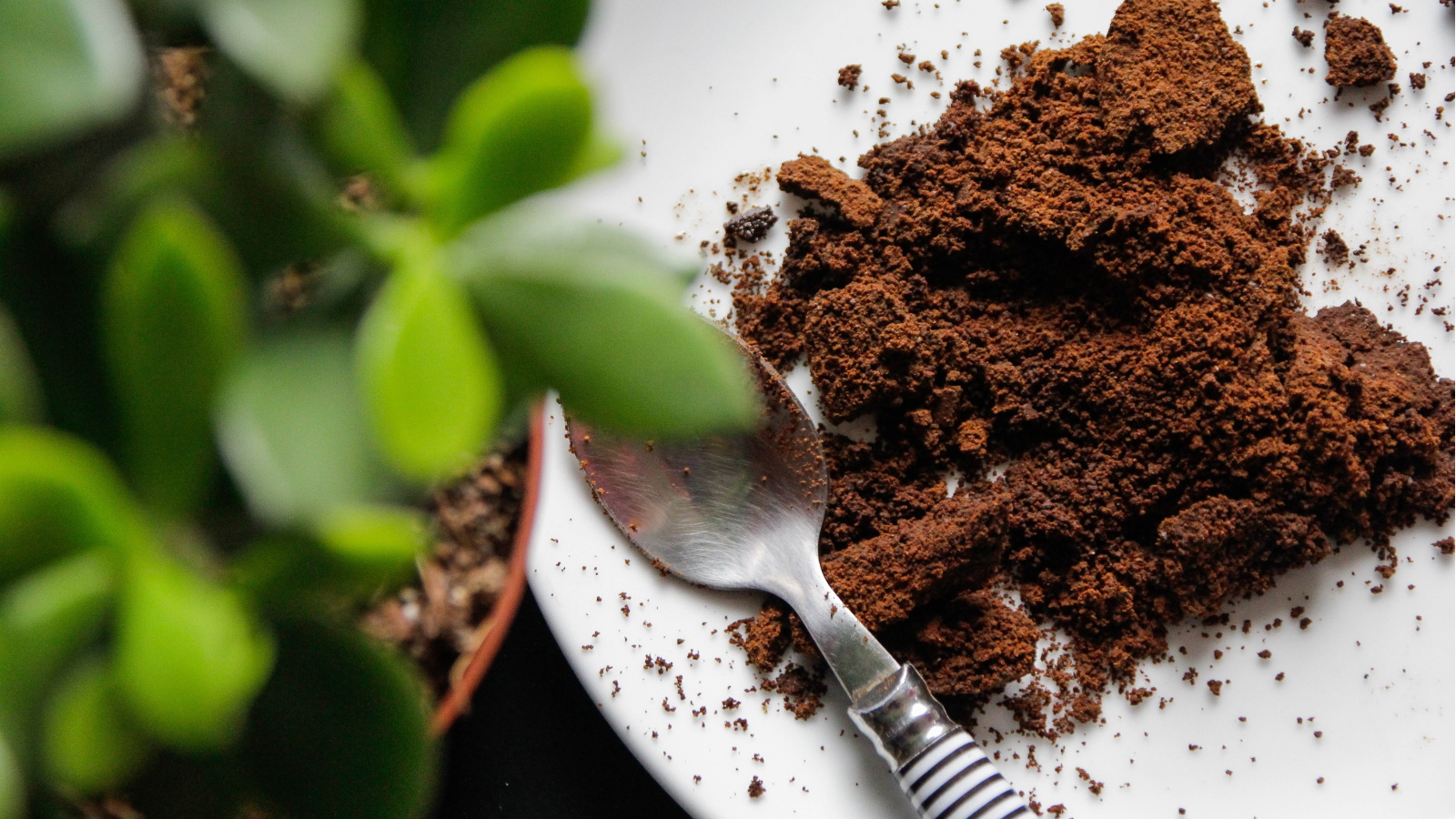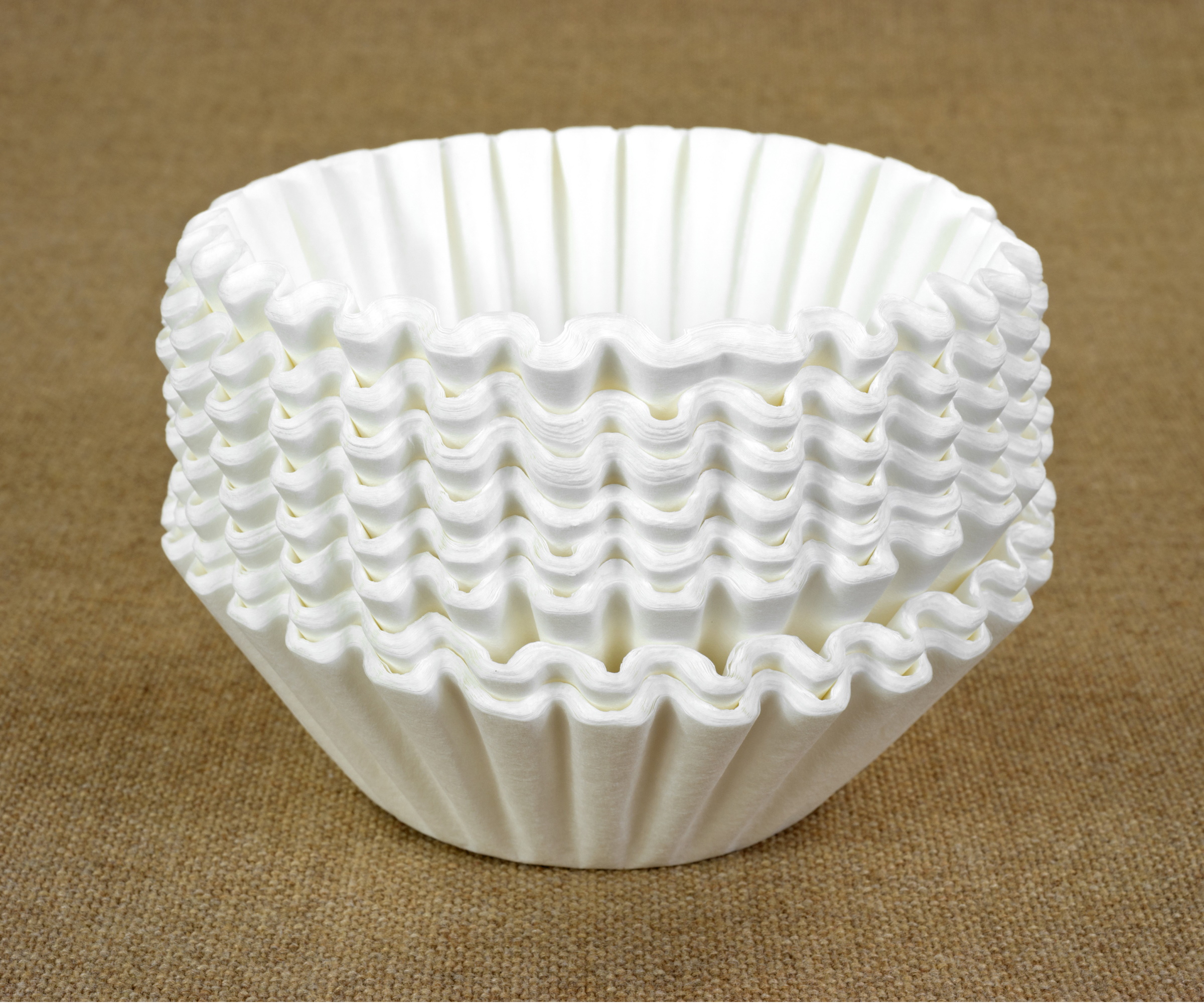
As someone with a keen interest in a sustainable lifestyle, I'm always on the hunt for ways to make my gardening tasks more green. Being able to repurpose items both in the garden and among houseplants is rewarding and can look more attractive than you might initially expect.
If you've already exhausted the list of eco-friendly garden ideas, then you'll be excited to learn about a new hack for putting coffee filters at the bottom of plant pots. We already know that coffee grounds are good for plants, but now many plant lovers are using coffee filters as a solution in plant pots, too.
This trend has multiple benefits for plants, so I've asked experts about it and compiled everything you need to know about using coffee filters in plant pots here.
Why put a coffee filter at the bottom of a plant pot?

If you're wondering what purpose a coffee filter serves at the bottom of a plant pot, the simple answer is that it reduces potting mix loss.
'While we typically use brown paper towels, coffee filters function similarly and are an excellent option for lining the bottom of a planter,' says Brad Cross, Eastern Michigan University's Greenhouse Coordinator. 'Placing a coffee filter at the base prevents potting mix from escaping through the drainage holes when watering, keeping your space tidy and ensuring the soil remains in place to support healthy plant growth.'
Lining the bottom of a plant pot with a coffee filter holds in the potting mix while still allowing excess water to drain through the drainage holes, thanks to its porous nature. This means the potting mix won't become oversaturated when you use this hack, reducing the likelihood of problems like houseplant root rot.
This works well in container gardens or an indoor plant display and stops you from having to repot your plants as often - a process that disturbs the root system.
Of course, you can use new coffee liners - like these ones from Amazon - for this trick. However, there are some benefits to using used coffee filters: 'You can use a used coffee filter, as coffee grounds can be beneficial to your plants,' says Tammy Sons, horticulturist and CEO of TN Nurseries.
Coffee grounds are high in nitrogen, an essential nutrient for the vegetative growth in plants. The residue on coffee filters, therefore, can provide some nutrients to your plant's soil.
'Since coffee filters are biodegradable, they gradually break down and can contribute nutrients to the soil over time,' Brad notes. 'By the time the filter fully decomposes, the plant’s roots will likely have grown deep enough to hold the soil together, making it ready for the next repotting cycle.'
Another bonus is that the scent of coffee can be a natural pest control method, repelling a range of garden and houseplant pests.
FAQs
Will coffee filters go moldy in plant pots?
Coffee filters can be used at the bottom of plant pots to prevent potting mix from escaping through the drainage hole as you water your plants. While you might be concerned that a coffee filter will turn moldy at the bottom of a plant pot, it will biodegrade and break down over time.
What can you use in plant pots instead of coffee filters?
As an alternative to using coffee filters at the bottom of plant pots to retain potting mix, you can also use other porous materials that will allow excess water to drain through. This includes coconut coir (available at Amazon) and newspaper.
While saving your coffee filters for your pots, you should also save your coffee grounds for plants. As mentioned, coffee grounds are high in nitrogen making them a valuable ingredient for homemade plant fertilizers. Try following our guide to coffee fertilizer for houseplants to make the most out of your coffee grounds.







